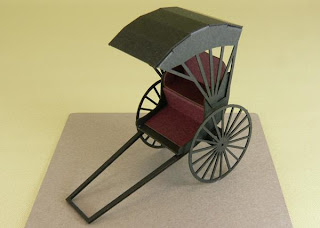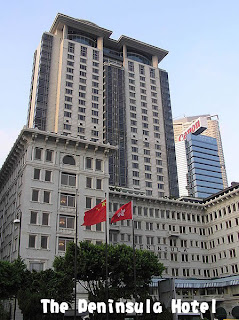Ha,ha,halloween, we are waiting for your scream......this song has accompanied us more than a month, which is from the TV advertising of Ocean Park to promote the halloween event.
5,4,3,2,1.......Halloween is coming now!
Everyone is busy to celebrate this “horrible” festival and I am obsessed by its special games and activities.
For instance,the most common one is treat-or-trick, also known as guising, is an activity for children in which they proceed from house to house, children can ask for treats like candies with questions.
The otherone is apple bobbing, in which apples float in a tub or a large basin of water and the participants must use their teeth to remove an apple from the basin.
Besides, some games traditionally played at Halloween are form of divination. A traditional Scottish form of divining one's future spouse is to carve an apple in one long strip, then toss the peel over one's shoulder. The peel is believed to land in the shape of the first letter of the future spouse's name. Moreover, there is a tale of unmarried women. If they sit in a darkened room and gaze into a mirror on Halloween night, the face of their future husband will appear in the mirror. However, if they are destined to die before marriage, a skull will appear.
I found those legends interesting and I want to have a special Halloween party!
These photos are taken from disneyland where has special event to celebrelate this exciting festival!!!~~
--BY KATHERINE YEUNG




















































